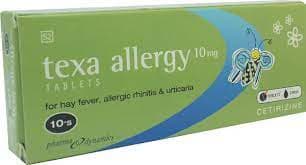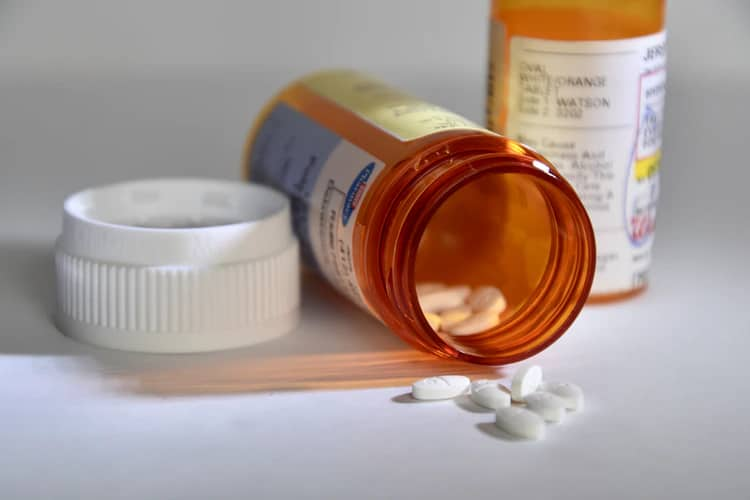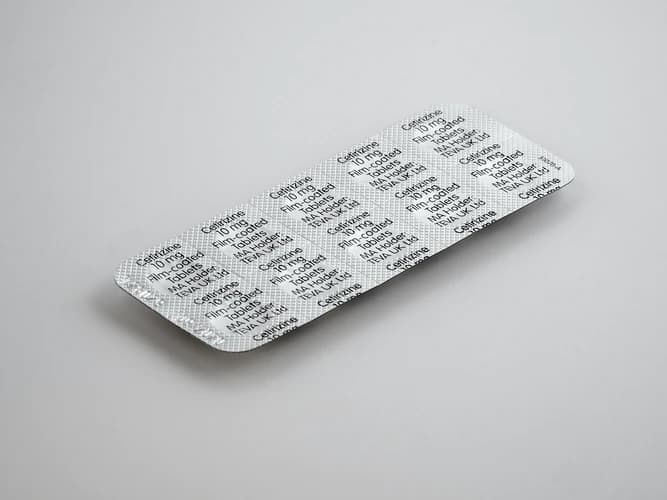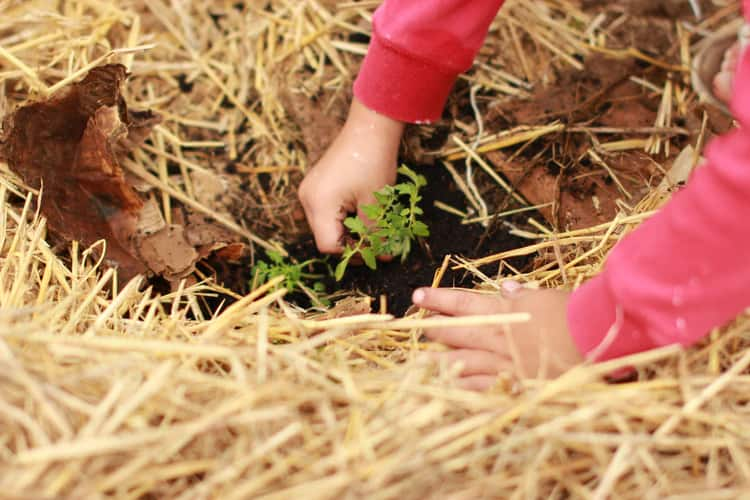Texa Pills: Side Effects, Uses, Doses, Precautions And More
Texa pills come in 10 mg tablets and are sold in Aluminum/PVC blister packs of 10, 30 or 500 tablets. Texa Syrup is a Type 3 amber glass bottle with a white polyethylene cap. Pack sizes are 50 ml, 150 ml and 200 ml.
Even if your symptoms are the same, Texa medicine has been prescribed for you personally and you should not share your medicine with others because you could harm them.
texa pills can pose a risk. For this reason, you should not use texa pills without prescribing your doctor.
Each tablet contains 10 mg of cetirizine hydrochloride.
Syrup contains 1 mg of cetirizine dihydrochloride in 1 ml.
What Will We Learn?
What Are Texa Pills Used For?
Texa pills are used to relieve the symptoms of allergic conditions such as hay fever (allergic rhinitis) and allergic skin conditions such as hives (urticaria).
Things To Pay Attention

Stop using this medicine and tell your doctor if you have a hypersensitivity (allergy) to cetirizine or any of the following.
Tell your doctor if you are hypersensitive (allergic) to hydroxyzine (a medicine used to treat allergic conditions or anxiety).
Talk to your doctor if you are pregnant or breastfeeding. Texa pills should not be given to children younger than two years old.
Take this pill with caution if you have a condition called porphyria (an inherited disease that affects the blood).
This pill does not have pronounced sedative (relaxing) effects, but may have an effect on certain people, especially when alcohol is consumed at the same time.
We will explain in detail below.
This pill can be taken with or after a meal.
Can Pregnant Women Use Texa Pills?
If you are taking texa pills and are pregnant or breast-feeding, please consult your doctor, pharmacist or other healthcare professional for advice before taking texa pills.
There are not enough studies on the effect of these pills in pregnant women.
This pill does not have significant sedative effects, but a small number of people may experience drowsiness, which may worsen if:
This pill is combined with alcohol consumption or other sedatives. Do not drive or operate any machinery until you know how it affects you.
If you are taking any other medication, be sure to tell your healthcare professional.
(This includes complementary medicines.) Please inform your doctor or pharmacist if you are taking or have taken any of the following:
- Alcohol
- Tranquilizers (medicines that cause sedation or drowsiness)
How To Take Texa Pills?

Always take texa pills exactly as your doctor has told you. If you are unsure, be sure to consult your doctor.
If you have the impression that the effect of Texa pills is too strong or too weak, talk to your doctor or pharmacist.
Texa Tablet:
The usual dose for adults or children aged 12 years and over is 10 mg (one tablet) once a day.
The usual dose for children aged 6 to 12 years is 5 mg (half a tablet) twice a day or 10 mg (one tablet) once a day.
Texa Syrup:
The usual dose for adults or children 12 years of age or older is usually 10 mg (10 ml) once daily.
For children aged 6 to 12 years, The usual dose is 10 mg (10 ml) once daily as a single dose or in divided doses of 5 ml in the morning and 5 ml in the evening.
The usual dose for children aged 2 to 6 years is 5 mg (5 ml) as a single dose or in divided doses of 2.5 ml in the morning and 2.5 ml in the evening.
For elderly patients, no dose adjustment is required in healthy elderly patients with normal renal function. In people with kidney and liver failure, the doctor will determine the dosage.
What To Do In Case Of Overdose?
Contact the nearest hospital or poison control center.
Overdose symptoms may include drowsiness and cause anxiety, drowsiness, rash, inability to empty the bladder when urinating, tiredness, tremors, and rapid heartbeat in children.
Take the missed dose as soon as you remember. If the next dose is nearing, skip the missed dose and take the medicine at the next regular time. Never take double doses to make up for forgotten individual doses.
What Are The Side Effects Of Texa Pills?
Texa pills have side effects that can cause swelling of the hands, feet, ankles, lips, mouth, throat and difficulty breathing.
Another common side effect is redness or itching.
If any of the above occur, stop using the medicine and tell your doctor and go to the nearest hospital’s emergency department immediately.
These are all very serious side effects. If you have these, you may have had a severe allergic reaction to this pill. It may require immediate medical attention or hospitalization.
Tell your doctor if you notice any of the following symptoms:
- Mucus thickening
- drowsiness
- Fatigue, feeling unwell, lack of energy
- Headache, dizziness
- Feeling anxious or nervous
- Nausea, vomiting, stomach upset, diarrhea
- Constipation
- Increased appetite
- Dry mouth
Store below 25 °C in a cool, dry place. Store in carton until needed for use.
Be careful to keep it out of the reach of children.
Do not use after the expiry date printed on the box.
Return all unused medicines to your pharmacist and do not flush unused medicines down the toilet.
What To watch Out For Against Hay Fever?

- Avoid being in dusty and pollen environments. Masks must be worn when necessary
- Cotton and synthetic blankets should be preferred
- Home air should be kept moist
- Regular exercise should be done
- Avoid smoking
- Hay fever remedies should be used regularly
- Doors and windows should be kept closed during pollen seasons.
- Avoid furry or woolen blankets
- Keeping animals and plants at home should be avoided
- Have a balanced diet
- Take a regular shower and change clothes every day
- Wear glasses and a hat when going out
What are Hay Fever Treatment Methods?
The most basic measure is to remove allergens that trigger hay fever from your life as much as possible.
To the point where hay fever is not too severe, over-the-counter medications may be sufficient to relieve symptoms.
You may need prescription medications to combat worsening symptoms.
See also: Gml Apeti Pills
You may need to filter through a few to find which drug works best for your reaction.
If your child has been diagnosed with hay fever, contact your doctor about treatment.
Medicines specific to this disease should be used with the recommendation of a doctor, regardless of whether they are prescription or non-prescription.
Because some drugs are not approved for use in children.
Immunotherapy Treatment: It can be particularly effective if you are allergic to cat dander, dust mites, or pollen.
In addition, immunotherapy in children may help prevent the development of asthma.
Sublingual Allergy Tablets: Instead of getting a vaccine, you can consume anti-allergens that dissolve in your mouth on a daily basis.
Rinsing your sinuses: Rinsing your nasal passages is a very quick, inexpensive and effective way to relieve nasal congestion. With rinsing, mucus and allergens in your nose are cleared.
People with hay fever should be evaluated by specialist doctors and an action plan should be created by identifying allergens.
The medications your doctor prescribes in your treatment plan should be used regularly. People with pollen allergy should start drug treatment 2 weeks before the season starts, with the knowledge of the doctor.
If hay fever is not treated, it can cause nasal congestion and snoring problems, focusing disorders in children, attention deficit problems, anxiety and depression in adults.
What’s Good For Hay Fever?

Salt water: One of the first steps in the treatment of allergic rhinitis is to remove mucus from the nose and clear it from the nose.
Put 1 teaspoon of salt and a pinch of baking soda into 2 glasses of hot water.
Inhale some of this solution into your nostril by tilting your head over it. Let the solution seep back through the other nostril or mouth. Gently blow your nose to remove excess mucus and solution.
Follow the same process with the other nostril. Repeat this remedy several times until your condition improves.
Steam: Regularly inhaling steam will help clear your nasal passages of excess mucus and any irritants.
This will help you get rid of the symptoms of allergic rhinitis such as sneezing, runny nose and sore throat.
Pour boiling water into a large bowl.
Add 3 or 4 drops of any essential oil of your choice, such as eucalyptus, peppermint, rosemary or tea tree oil.
Cover your head with a towel and carefully lean it over the bowl.
Inhale the steam deeply for 5 to 10 minutes and blow your nose well. Repeat several times a day until fully healed.
For young children who cannot breathe the steam, a hot shower or bath will be very helpful.
Peppermint tea: For centuries, allergy sufferers have turned to hot tea to relieve stuffy noses and irritated mucous membranes. In this case, one of the best known options is mint tea.
The essential oil it contains acts as a decongestant. Peppermint also contains moisturizing agents, anti-inflammatories and mild antibacterial ingredients.
